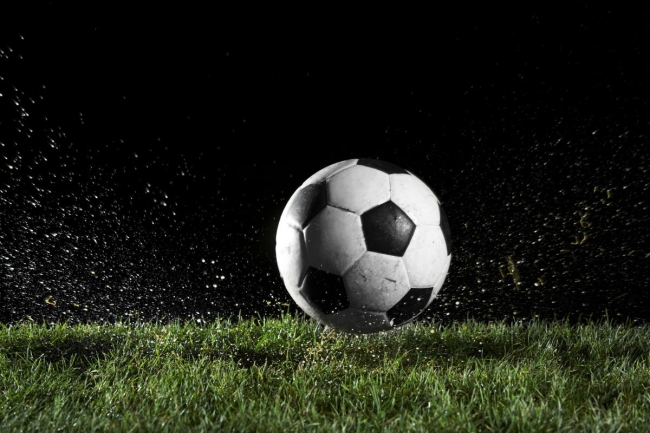You have /5 articles left.
Sign up for a free account or log in.

Thomas Northcut/DigitalVision/Getty Images
We didn’t know Katie Meyer, the Stanford University soccer team captain who died earlier this year by suicide, her individual story or her struggles. But we know that the pressure of college athletics can be too great to bear at times. We have seen other college athletes falter when they appeared to have it all—athleticism, friends, intelligence. Athletes who showed no signs of needing help.
Five years ago, we sat across from each other and had a conversation about mental health and athletes after an incident with a student athlete and friend of Carolyn’s, one of the authors of this piece and a recent St. Lawrence University graduate. It was a conversation rarely heard in the athletic world due to an overwhelming stigma and a prevailing misconception that athletes are tough and can push through anything.
That conversation would spark the creation of Supporting Health Initiatives Encompassing Lifelong Development (SHIELD), a program that would include many initiatives, including a peer-support program we developed at St. Lawrence. We worked with administrators, coaches and student athletes to build SHIELD into a program that provides mental health resources, helps break the stigma and creates leadership opportunities.
The goal of SHIELD was to create a safe space for student athletes to discuss the unique pressure of being a college athlete. It’s pressure that friends outside athletics might not understand, or that athletes might be ashamed to talk about with a coach, teammate or trainer.
Student athletes worked with the university’s health center counselors and athletic administrators to create a peer-support system. Over the course of the years, SHIELD has grown exponentially. For example, by SHIELD’s third year, 29 student athletes were trained in peer counseling. They each held office hours once a week so any athlete could stop in. Additional SHIELD programming has included biweekly meetings student athletes could attend, social media campaigns and activities focused on mindfulness.
Although some athletes were able to use their experiences in SHIELD as independent study opportunities, the overwhelming majority volunteered to do their part in breaking down stigmas. Housed in athletics, SHIELD does not have a budget, and there are no costs other than time.
Athletes’ mental health is in the limelight because of tragedies, but what if we change the narrative? We did at our university, and we did so without money but with the pure drive to improve.
Here are steps other institutions can take to create a mental health program for athletes.
- Let students lead. A female soccer, track and softball player along with a male hockey athlete led the charge in helping the athletic department create SHIELD. From male lacrosse players to female skiers, it became clear this was not an issue specific to any one sport, gender or National Collegiate Athletic Association division.
- Overcome the stigma through numbers. Allowing students to create a peer-support system fosters a sense of belonging and allows students to mentor each other as a means of emotional support. After being diagnosed with Lyme disease, Carolyn found that her peers helped her persevere on the field and off. They weren’t afraid to open up and have real conversations about mental health.
- Leverage social media. When student athletes created an Instagram account for SHIELD, we saw the power of a story. In SHIELD’s first year, we had more than 50 student athletes, from nearly every team, participate in the social media campaign. Among the student athletes who participated was a men’s hockey player who spoke about his personal struggles. Social media increased awareness about student athlete mental health on campus and allowed athletes to share their personal narratives.
SHIELD isn’t perfect, and it hasn’t solved the issue of mental health in college athletics. But it started the conversation and created space for athletes and coaches to talk about mental health the way they discuss physical injuries.
New programming is a challenge for already swamped students, coaches and administrators. But we don’t need money, fancy technology or other resources. We just need athletes, coaches and administrators who are willing to speak up and give their time.






.png?itok=IbqmTd2P)

